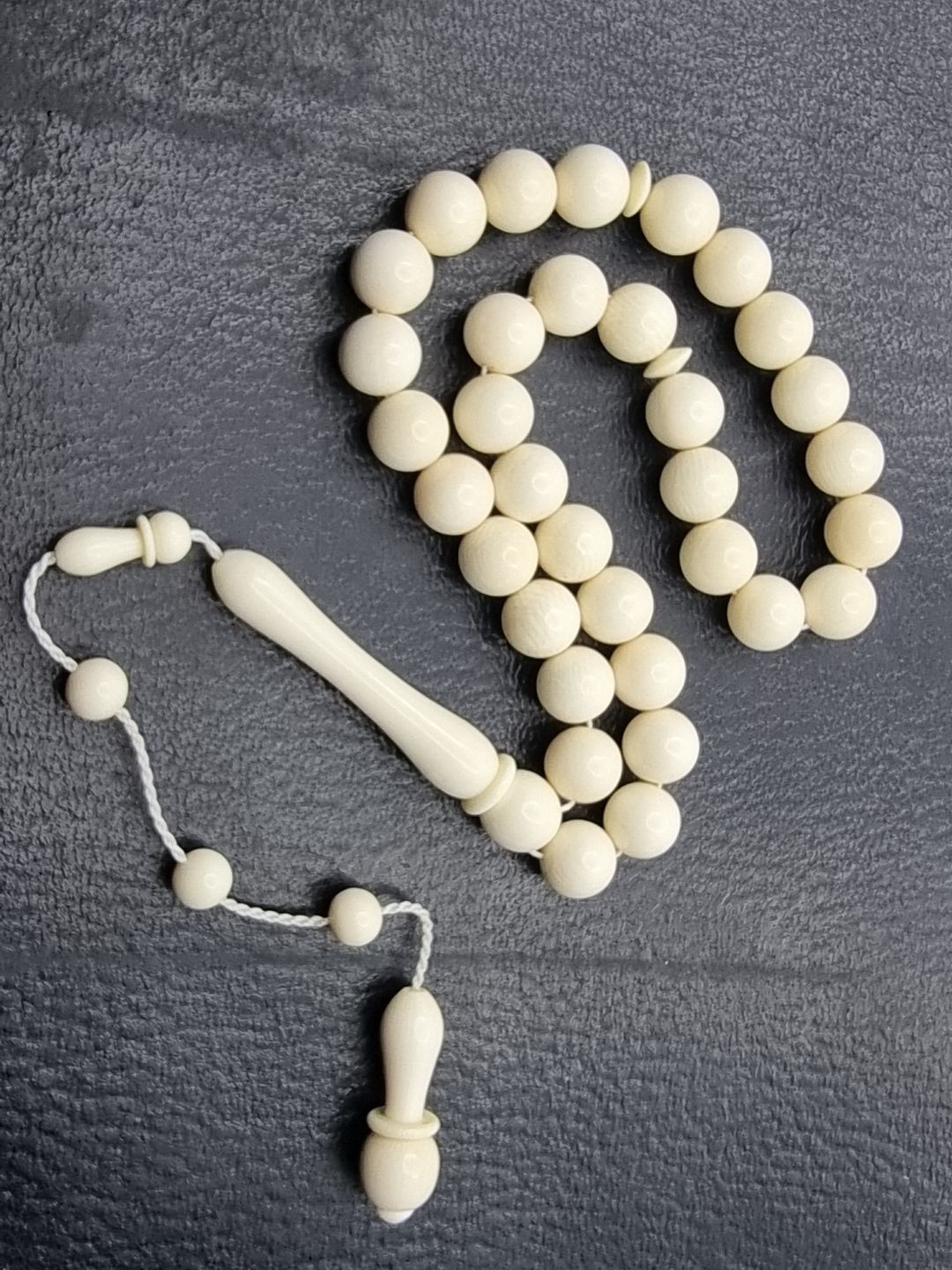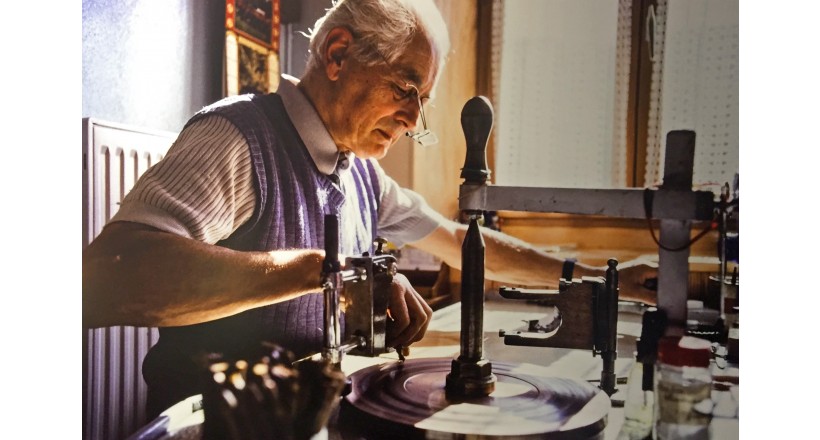The piezoelectric properties of quartz crystals were discovered in 1880 by Jacques and Pierre Curie. Walter Gayton Cady created the first quartz crystal oscillator in 1921, and then scientists Marison and Horton made the first quartz clock at Bell Laboratories in Canada in 1927. The following decades saw the development of quartz clocks, as accurate time-measuring devices in laboratories - as tiny, bulky electronics inside tubes limited deflated, of practical use anywhere else. In 1932, a quartz clock was developed that was able to measure small weekly changes in the Earth's rotation rate. The National Standards Organization (now the National Institute of Standards and Technology) in the United States of America relied on calibration of time on quartz watches from 1929, until the 1960s when it relied on atomic clocks as their replacement. In 1969, Seiko produced the world's first quartz wristwatch, the Astron class. Its accuracy and low cost of production were the reason for the subsequent popularity of quartz watches.
Welcome to Try Collect




